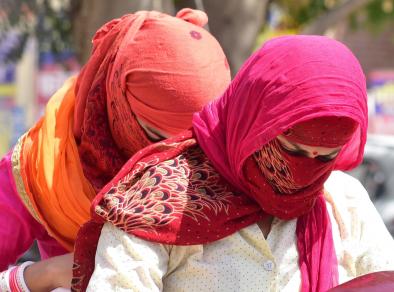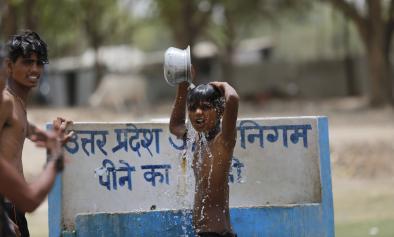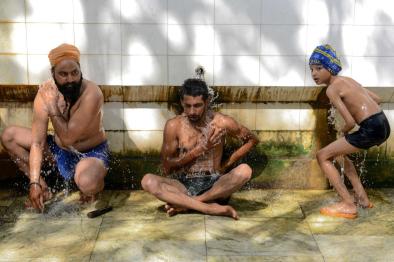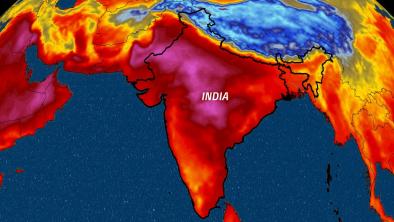India Heat Wave, Soaring Up to 123 Degrees, Has Killed at Least 36
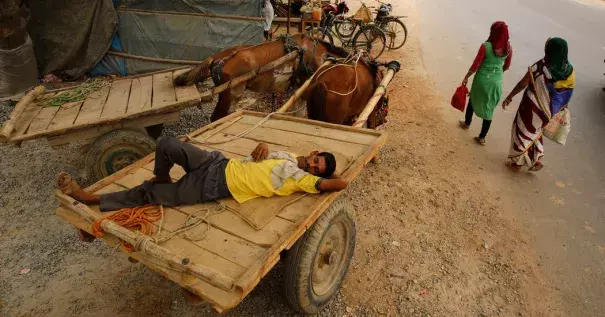
One of India’s longest and most intense heat waves in decades, with temperatures reaching 123 degrees, has claimed at least 36 lives, and the government has warned that the suffering might continue as the arrival of monsoon rains has been delayed.
India’s heat waves have grown particularly intense in the past decade, killing thousands of people and affecting an increasing number of states. This year, the extreme temperatures have struck large parts of northern and central India, with Rajasthan, Madhya Pradesh, Uttar Pradesh and Maharashtra among the worst-hit states.
Anup Kumar Srivastava, an expert at India’s National Disaster Management Authority, said the number of Indian states hit by heat waves had grown to 19 in 2018 from nine in 2015, and was expected to reach 23 this year.
Mr. Srivastava said that imminent storms would bring down temperatures in some areas, but that heat waves might pick up again until the monsoon rains arrive.
Twice in the past week, the temperature in the Churu area of Rajasthan, in northern India, reached 123 degrees. India’s Meteorological Department warns that heat that extreme brings a “very high likelihood of developing heat illness and heat stroke in all ages.” Several other parts of the state have recorded temperatures surpassing 118 degrees.
The medical authorities have canceled leaves for doctors at hospitals in Churu as the number of patients has shot up. In Madhya Pradesh, in central India, schools have remained closed.
Prolonged temperatures of at least 113 degrees are considered a heat wave, while prolonged temperatures of 117 degrees or higher are considered a severe heat wave.
In the capital, New Delhi, temperatures have reached a record 118.4 degrees...
Despite the extreme temperatures, the death toll this year has been small compared to previous years. More than 6,000 people have died because of heat waves in India since 2010, according to government data. The worst toll came in 2015, with more than 2,000 deaths.
While the heat waves have continued, the number of deaths has significantly declined since then — 375 were recorded in 2017, and only 20 in 2018.
Officials and analysts attribute the decline to increased precautions by the government since 2015. Government officials have urged Indians to reduce and change work hours during heat waves, and have provided free drinking water in particularly vulnerable and crowded areas.
Mr. Srivastava said the disaster management authority had set a goal this year of keeping the death toll to single digits. But the country’s huge national election complicated the efforts, he said, because government workers who were needed to issue the warning measures were instead deployed on election duty.
Related Content
